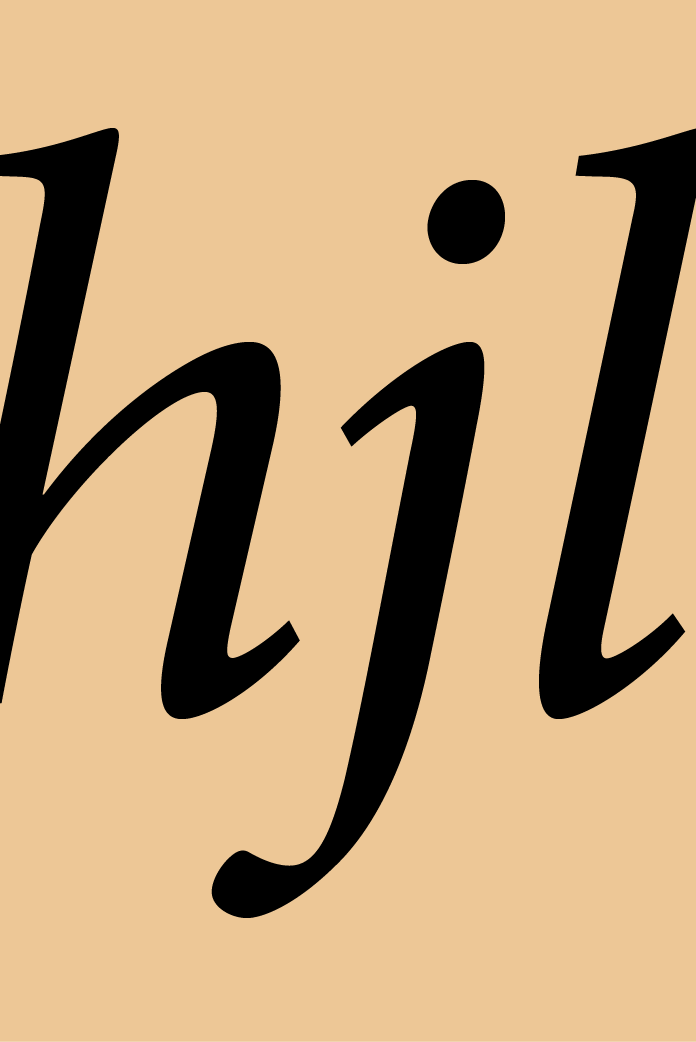I use this space to gather notes and samples of typefaces. My purpose here is not to be exhaustive, but to learn and be useful in the process.
Serif Sans-serif Italic Script
Say
Hello
I use this space to gather notes and samples of typefaces. My purpose here is not to be exhaustive, but to learn and be useful in the process.

What we know as Italic originally existed as a category unto itself, rather than a style within a font family.
What we know as Italic originally existed as a category unto itself, rather than a style within a font family. Italic typefaces were not cut until the early 1500s. In their original use they were used as standalone types, and only later were they paired with Roman or “Regular” typefaces. Printers favored Italic types because they were thinner and therefore more economical to print—a book in an Italic typeface used less ink and fewer pages.
Italic typefaces are said to be the invention of Aldus Manutius, a Venetian printer who began making books around 1495. Although he was a scholar, printer and publisher, he was not a type-cutter. His designs for italic type were cut by Francesco Griffo, a Bolognese type-cutter. In order to print books more economically, this partnership produced the precursor of the italic type we know today:
“[Aldus Manutius] achieved the necessary compactness by his invention, in 1500, of italic type: sloped, compressed, lower case (although the capitals were still upright). While economical, it is rather cramped and tiring to read in long passages, largely because Aldus (and Griffo) followed chancery cursive handwriting too closely. Twenty-five years later, the scribe Lodovico degli Arrighi designed an italic based on a more formal chancery hand. More practical, regular, and perhaps more handsome too, this became the basis of later italics.” (Bartram, p15)
“Chancery hand” or “Chancery Cursive” refers to a style of writing that was used by scribes in the mid- to late-15th century. Lodovico degli Arrighi also based his italic type on chancery cursive, but with more success. The typeface Zapfino is a modern adaptation of a chancery cursive hand.
Notes and sources:
Alexander Lawson, Anatomy of a Typeface
Robert Bringhurst, The Elements of Typographic Style
Ellen Lupton, Thinking With Type
Phillip B. Meggs, A History of Graphic Design
Alan Bartram, Five Hundred Years of Book Design
Wikipedia, among others. Some images from Wikipedia are used under the Creative Commons license, and have been resized.